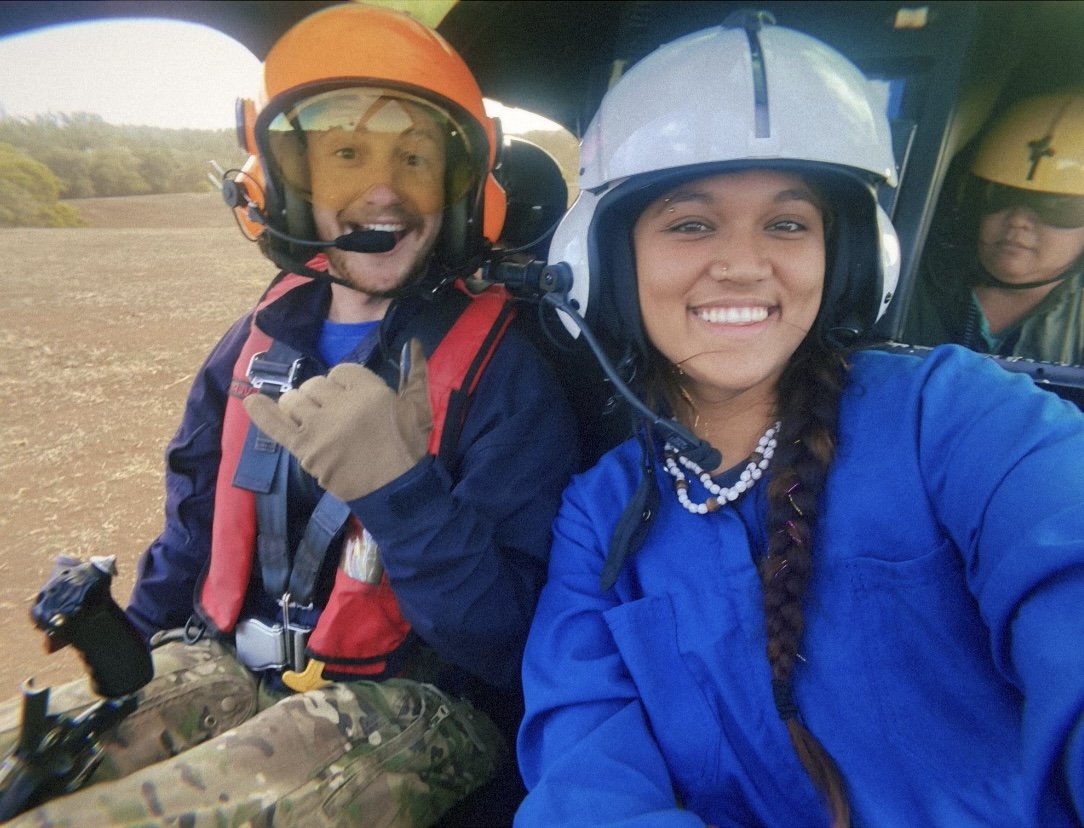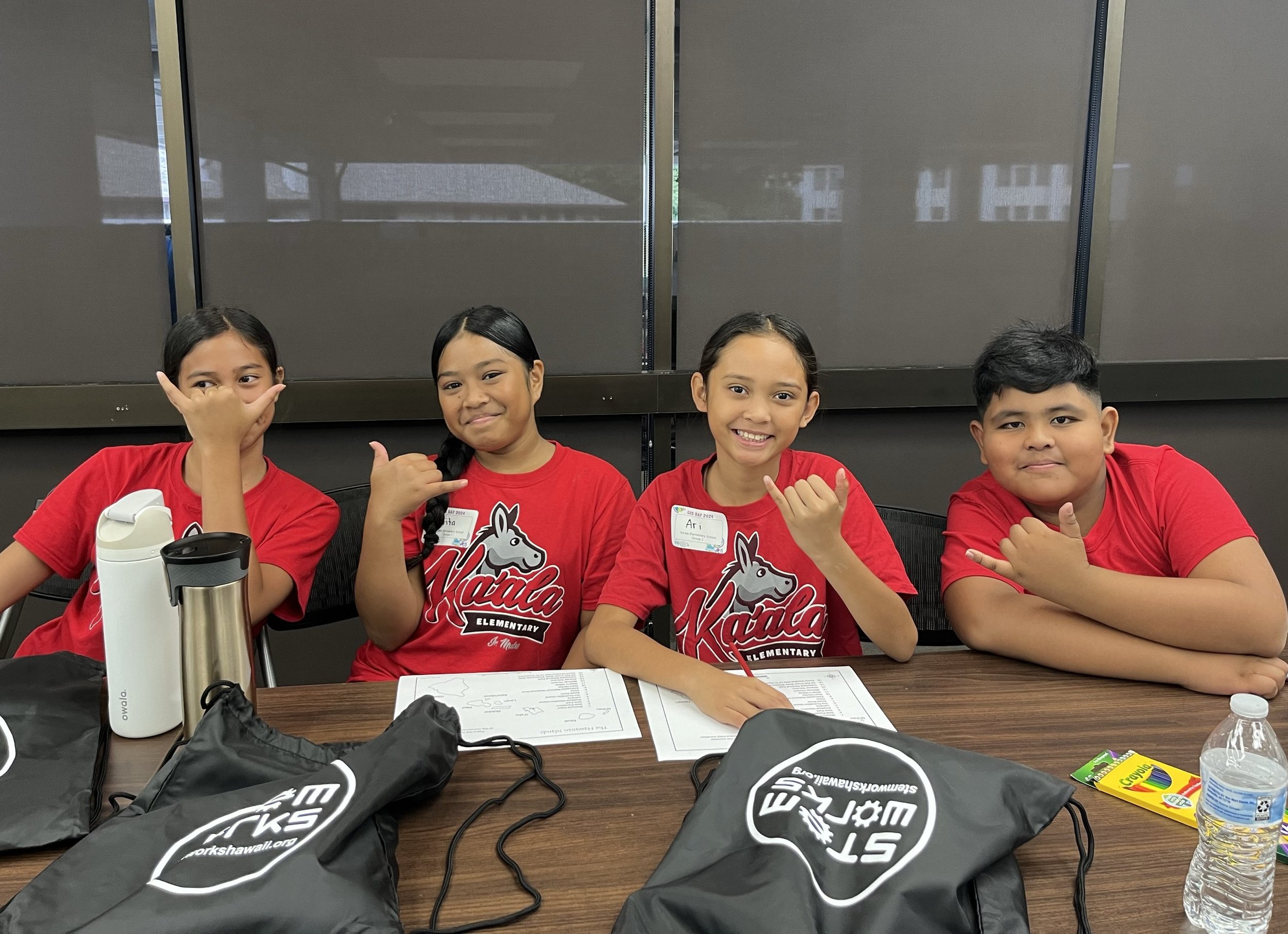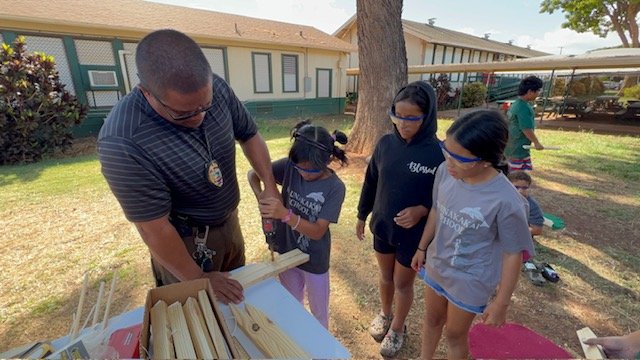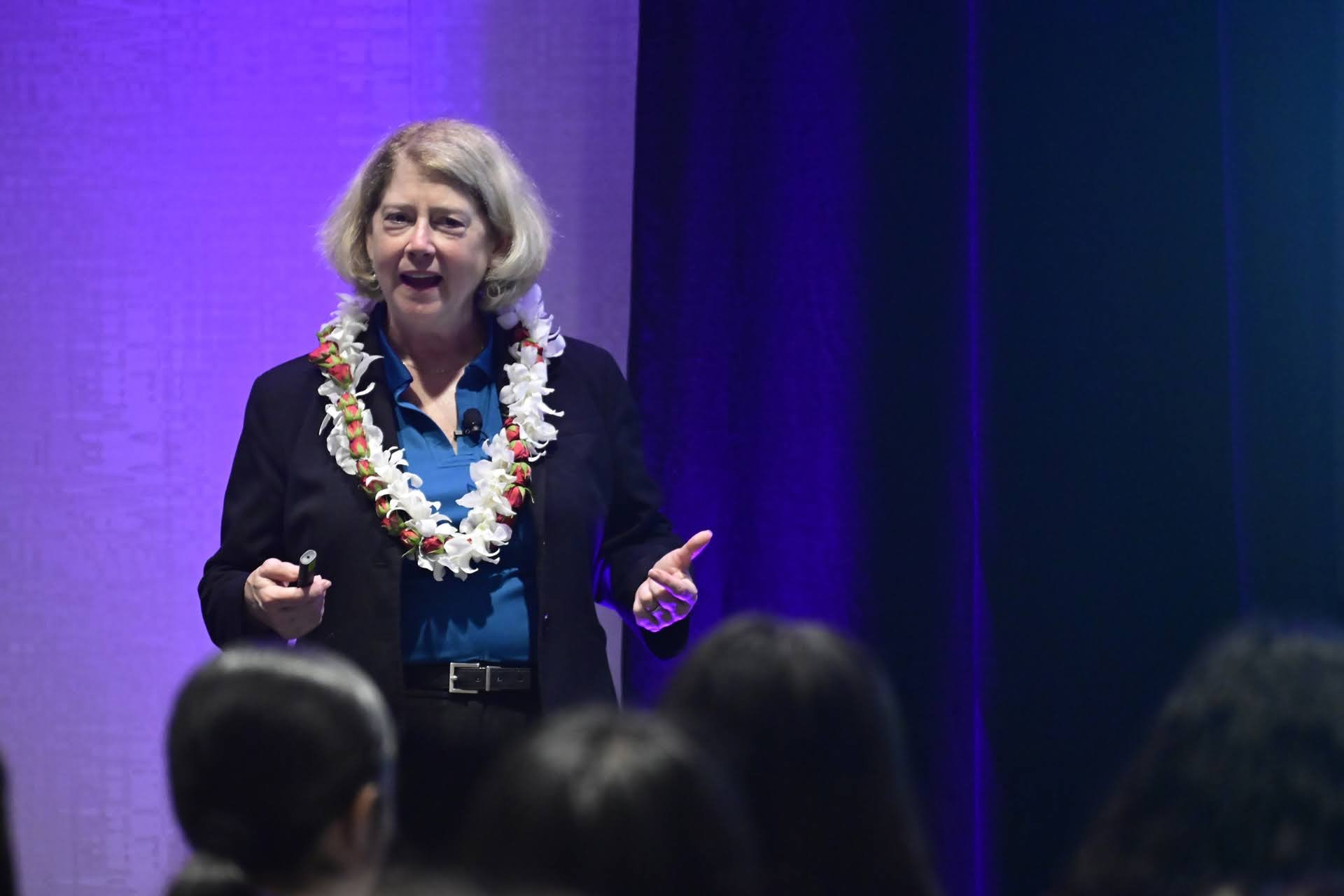Latest News

Maui Students Explore Robotics and 3D Printing during STEMworks Camp
The Harrison and Helen Miyahira STEM Center at Maui High School was packed with students from October 6-10 despite the DOE fall break thanks to the STEMworks Innovators Fall Camp program.

Students Explore Space With MEDB
During the recent AMOS (Advanced Maui Optical and Space Surveillance) Conference, presented by Maui Economic Development Board (MEDB) in Wailea, over 1,000 local and visiting industry professionals were joined by 150 Maui County middle school students and their teachers for a special Space Exploration Day student event.

STEMworks Quarterly Updates
A recap of STEMworks programming and events over the last quarter, April - June, 2025.

AI-Driven Math Education Workshops Coming to Hawaii This July
Hawaii educators will have the opportunity to transform their math instruction through The Stack Workshop, a groundbreaking professional development program coming to two locations in July 2025.

STEM Competition Winners Announced at Hawaiʻi STEM Conference
This year’s Hawaiʻi STEM Conference, organized by Maui Economic Development Board’s (MEDB) STEMworks program, welcomed almost 600 attendees, including over 70 teachers and 300 students in grades 6-12 from all across the state.

AI and Education Expert Brendan Brennan to Keynote at Hawaiʻi STEM Conference in March
Maui Economic Development Board’s STEMworks™ program is pleased to announce that Brendan Brennan, author, AI and STEM education expert, and former UH curriculum designer, will be one of the keynote speakers at the 16th Annual Hawaiʻi STEM Conference, taking place on March 24 and 25 at the Hawaiʻi Convention Center.

2024 Fall Agriculture Business & Technology Internship Program Successfully Concludes
STEMworks™ celebrated the completion of its 2024 Fall Agriculture Business & Technology Internship Program with a virtual showcase on December 10.

Future Medical Professionals Get Hands-On at Health Care Exploration Day
In partnership with the University of Hawaii John A. Burns School of Medicine's Area Health Education Center (AHEC), STEMworks™ hosted an inspiring Health Care Exploration Day on November 20.

STEMworks™ Hosts Successful 2024 GIS Day for Elementary Students
STEMworks™ welcomed 95 elementary school students on November 19, 2024, to Geographic Information System (GIS) Day at the University of Hawaiʻi at Mānoa Campus Center.

Culture Meets Innovation: STEMworks AFTERschool™ Program Launches at Kaunakakai Elementary
The STEMworks AFTERschool™ program has expanded its reach to Molokai with the exciting launch at Kaunakakai Elementary School this October.

STEMworks™ Students Shine at 2024 MEDB's Ke Alahele Benefit Dinner
Maui Economic Development Board's (MEDB) annual Ke Alahele Fund Benefit Dinner & Auction made its triumphant return on October 26, 2024, at the Wailea Beach Resort - Marriott, Maui.

From Space Shuttles to Stars: Maui Middle Schoolers Inspired at AMOS Conference
Maui Economic Development Board's AMOS (Advanced Maui Optical and Space Surveillance Technologies) Conference, the nation's leading technical conference on space situational awareness, opened its doors on September 20, 2024, to inspire the next generation of space pioneers.
